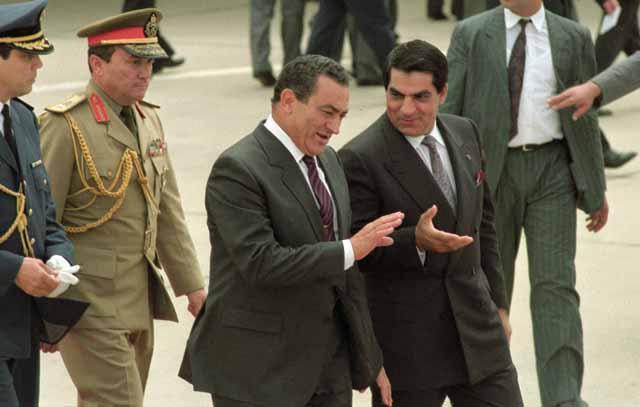
The year 1987 started out much better than the previous one for Egypt and Hosni Mubarak. After the country’s image was damaged by police riots during which some of Cairo’s most luxurious hotels were burned down, the tourism industry was witnessing a healthy revival as the hotels were being rebuilt and tourists were flocking back to admires the wonders of the Giza Plateau.
National attention was now focused on the long overdue return of Giuseppe Verdi’s opera Aida which has last been preformed at the Cairo Opera House in 1871, to commemorate the opening of the Suez Canal. This time, the organizers chose to hold an outdoor performance and the venue they selected was the ruins of Luxor temple. This put the town of Luxor on the world stage, so authorities decided to give the town a complete facelift. They even went so far as to employ close to one hundred Chinese guest workers to rebuild the Corniche along the Nile. The sight of Chinese laborers working under the sweltering African sun, in a country that normally exports laborers, was bizarre scene, even by Egyptian standards.
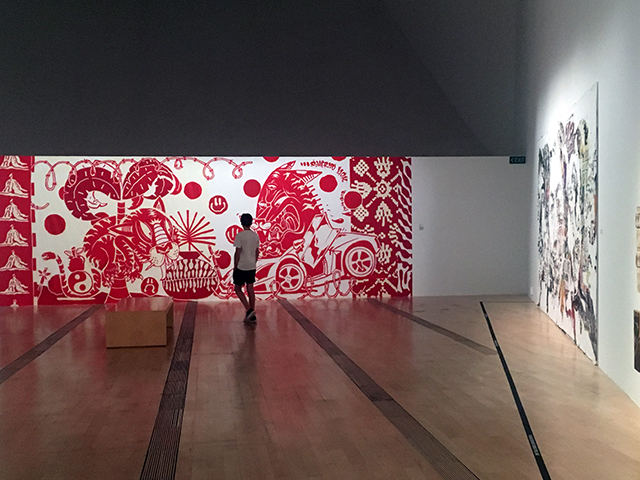
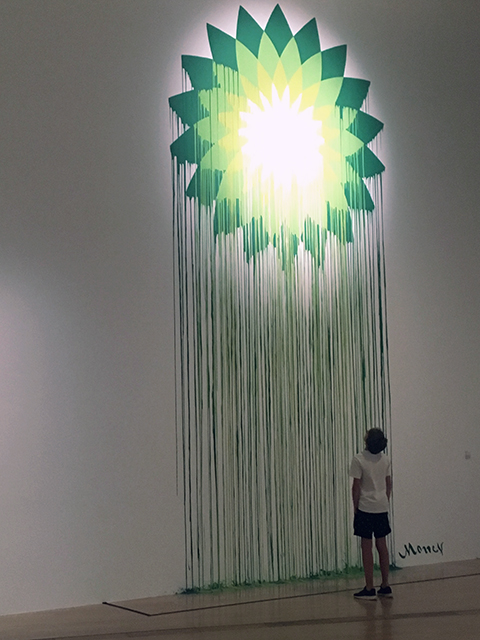
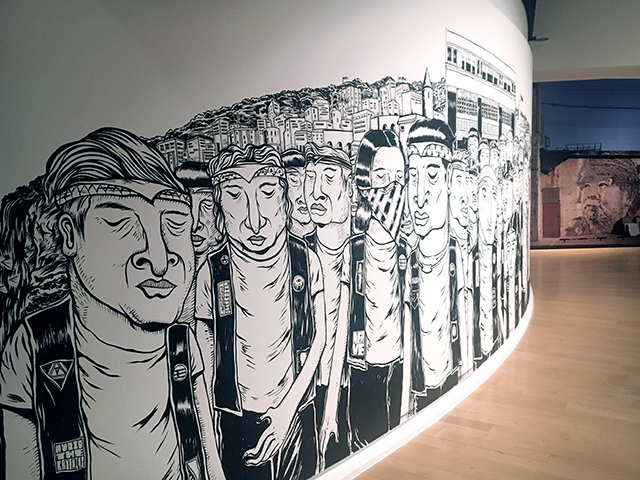

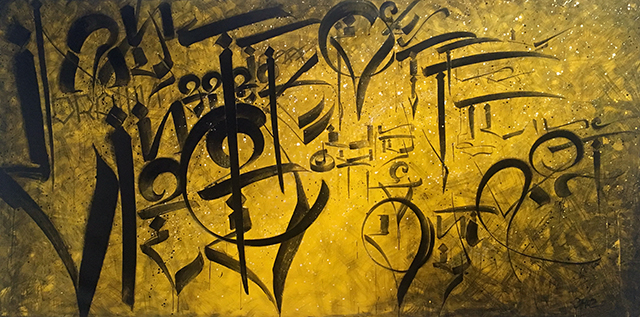

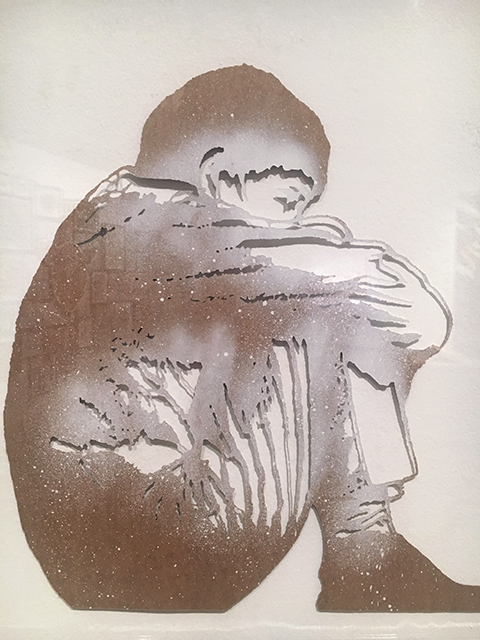

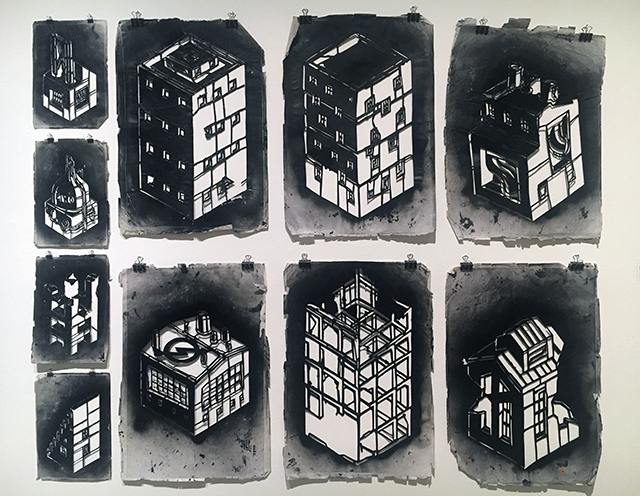
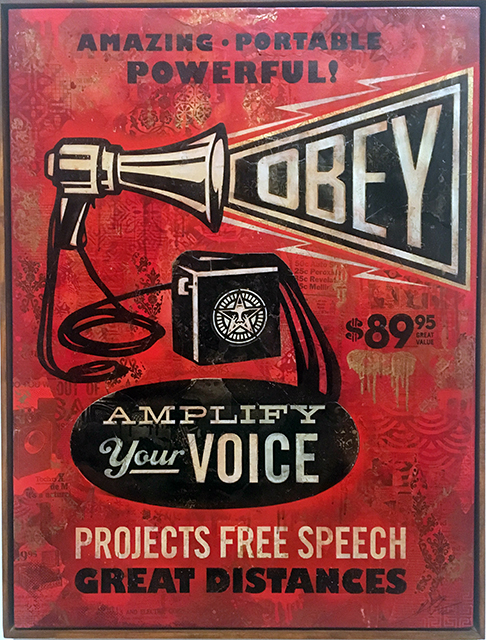
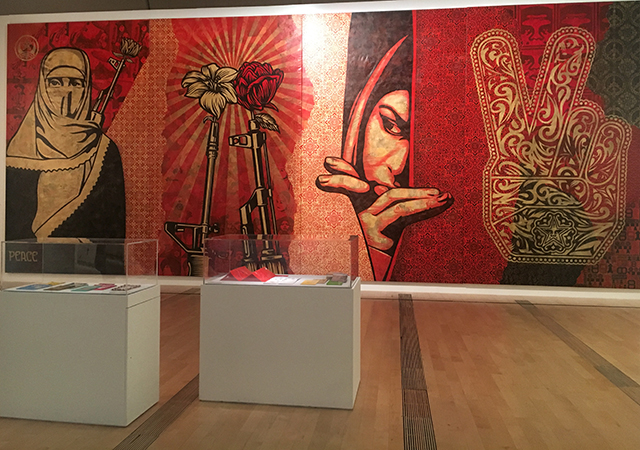






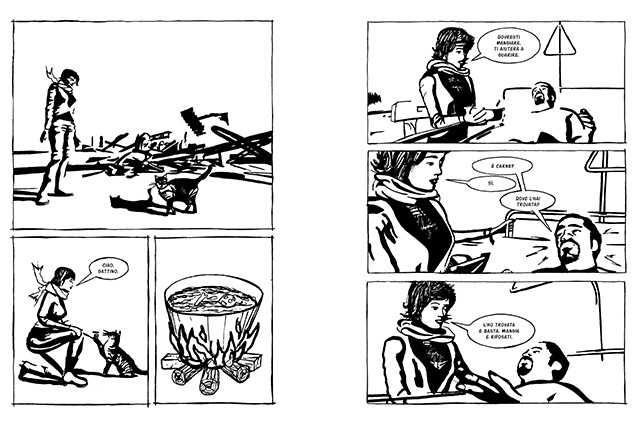
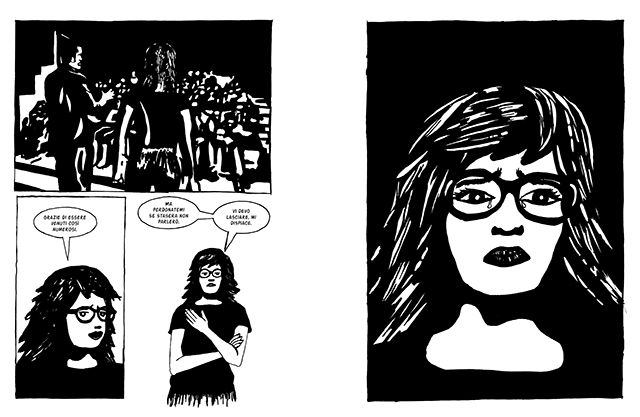
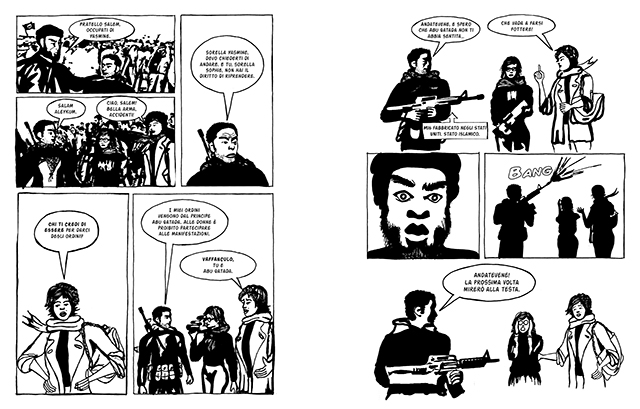

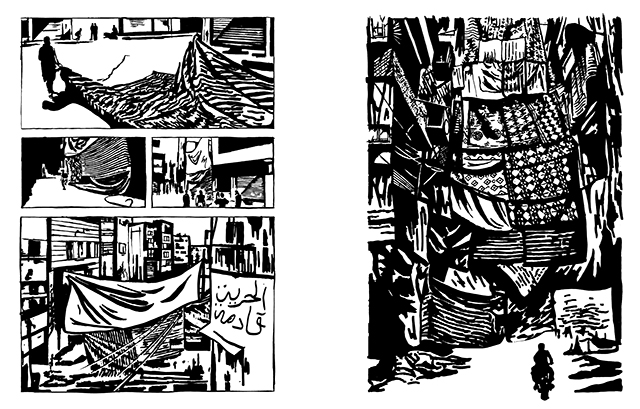
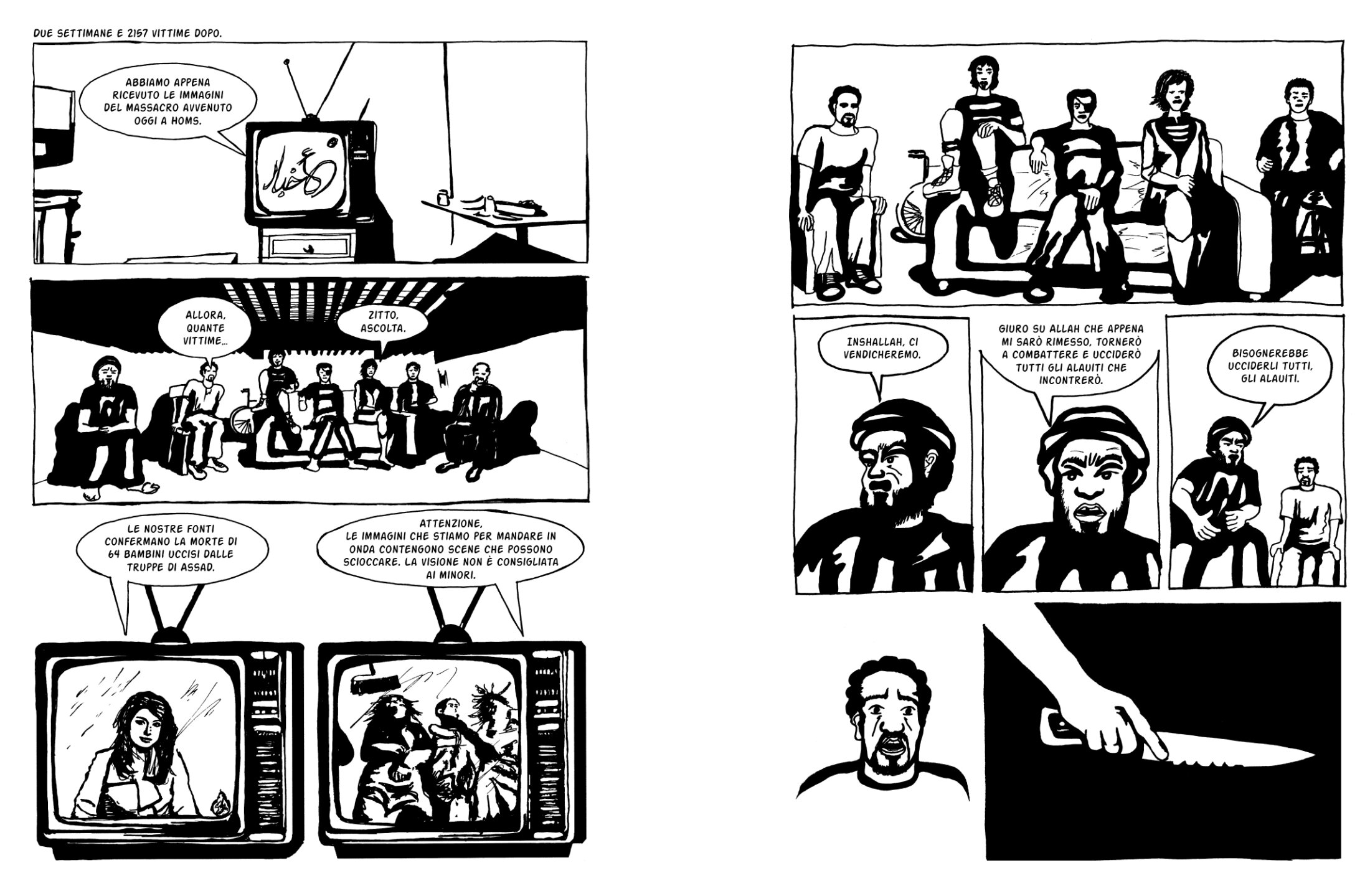
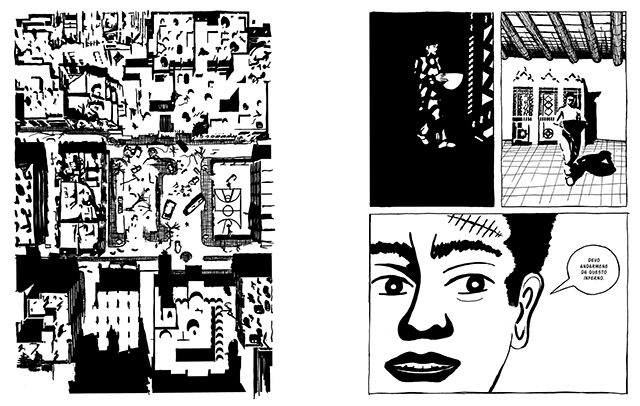
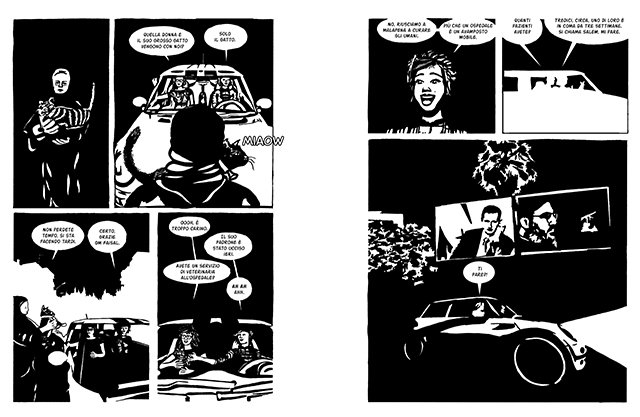

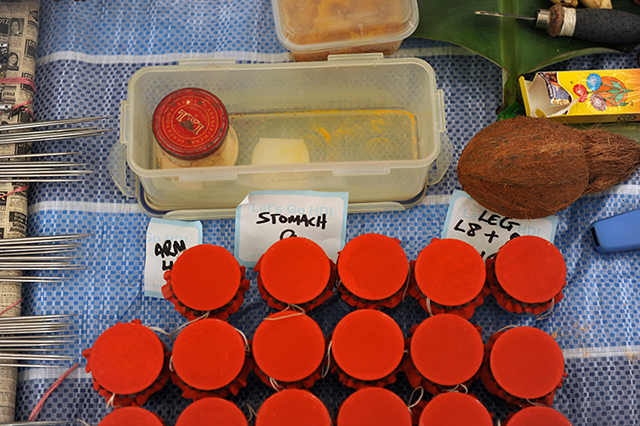
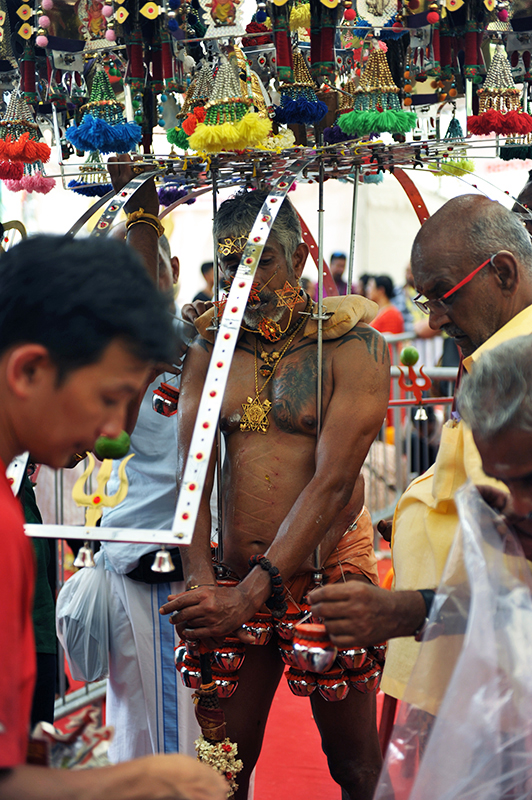
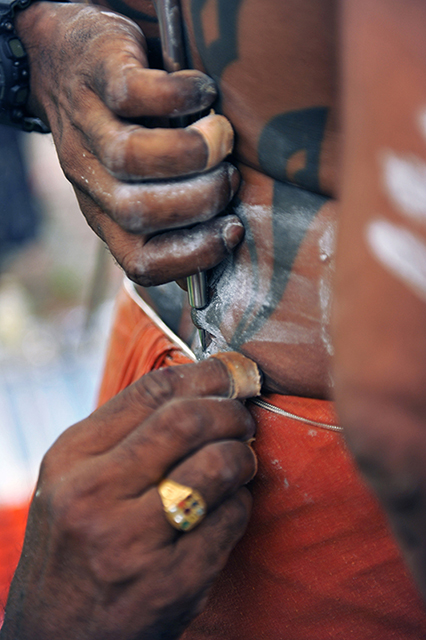



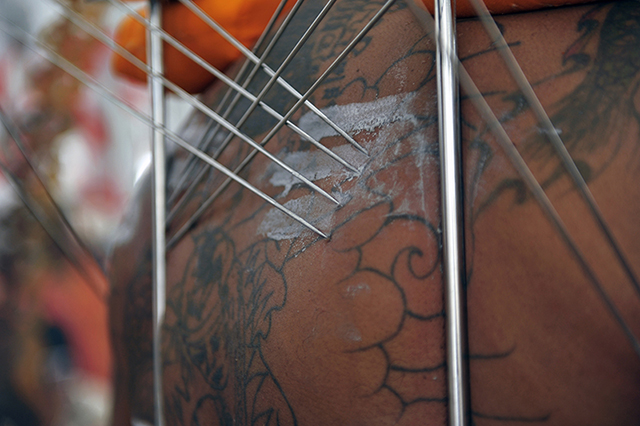

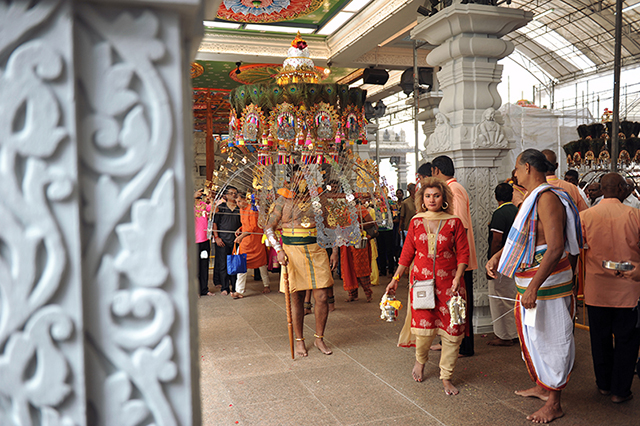
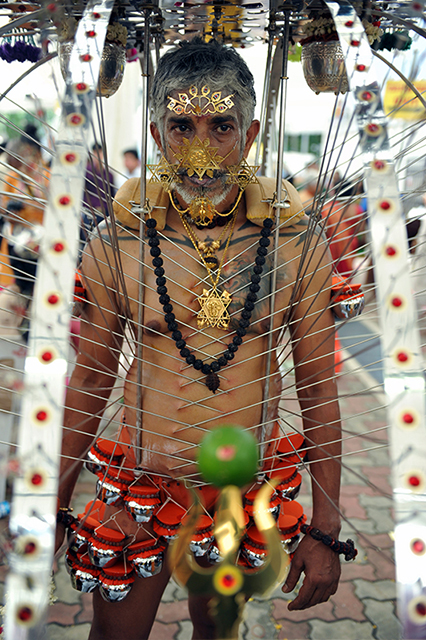
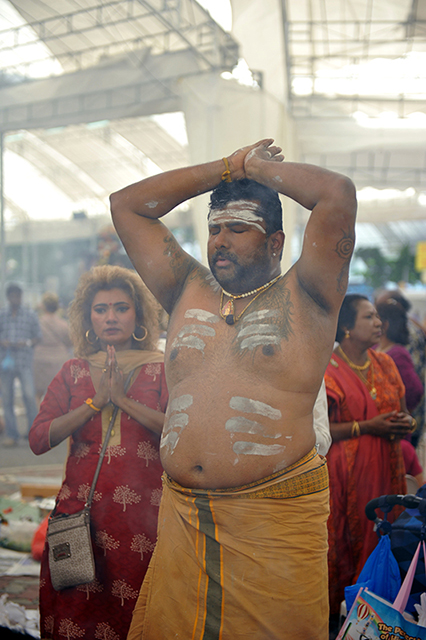

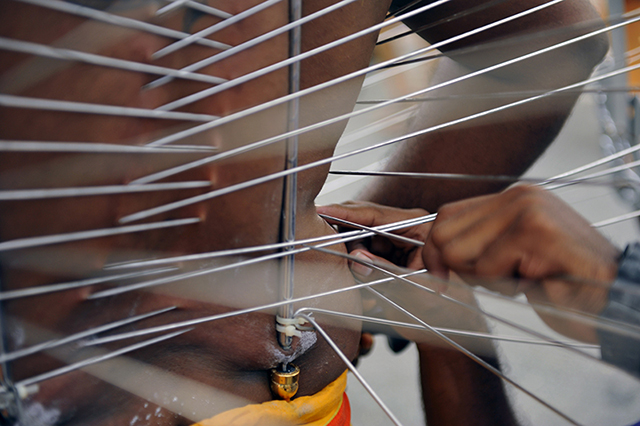


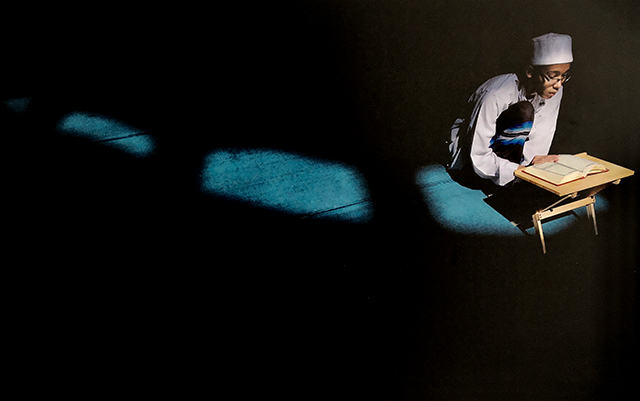


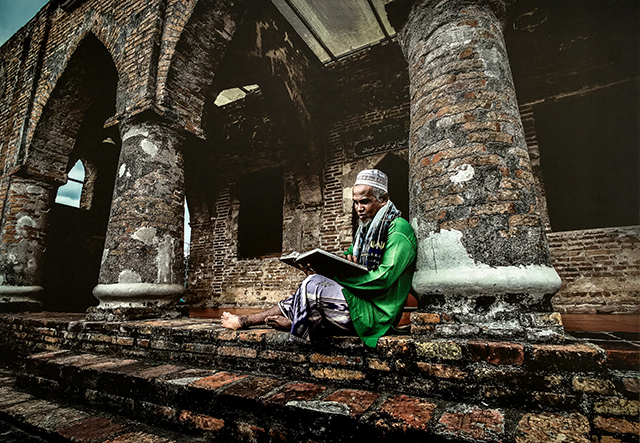
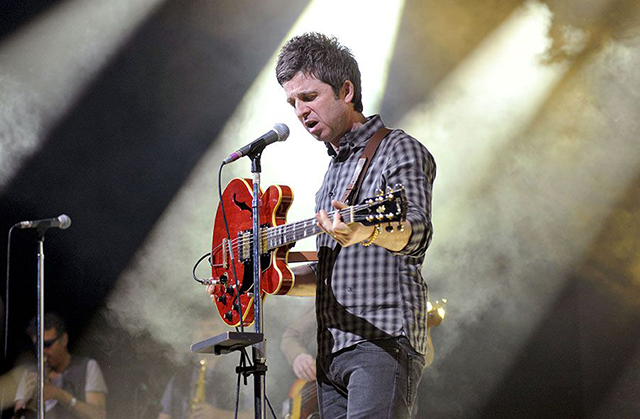






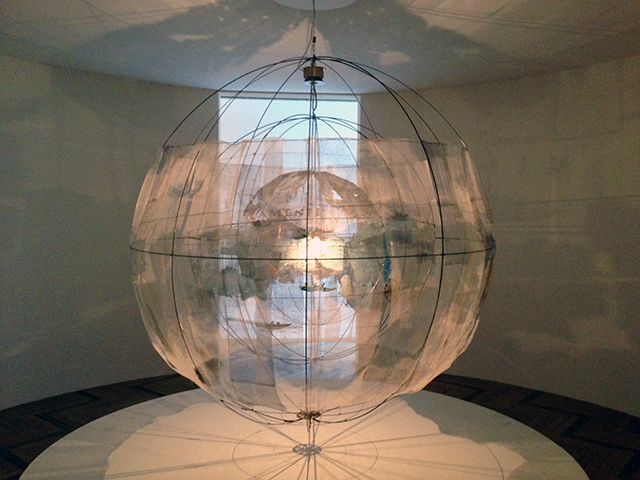
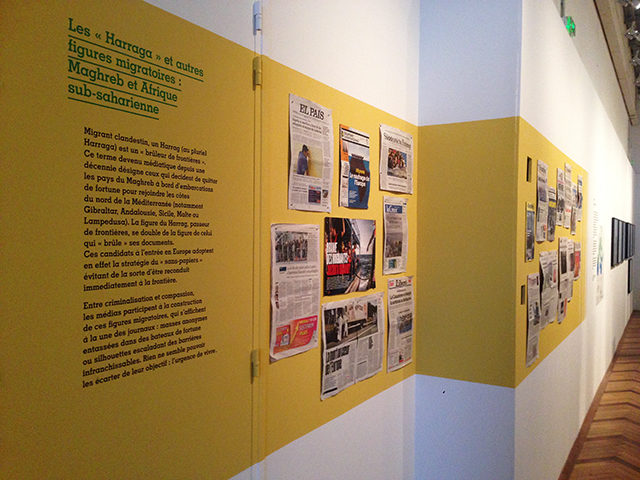





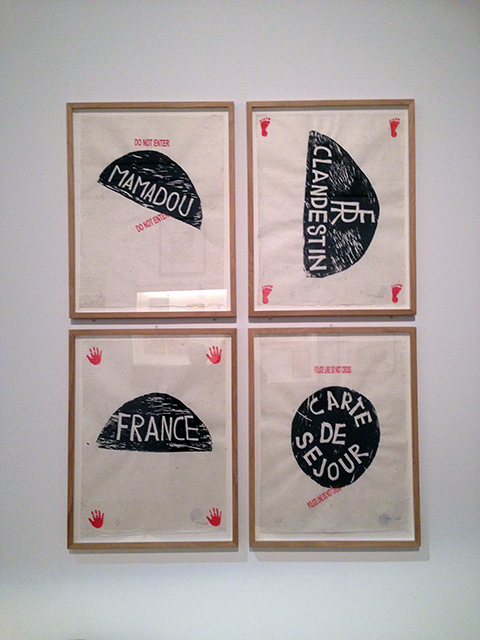
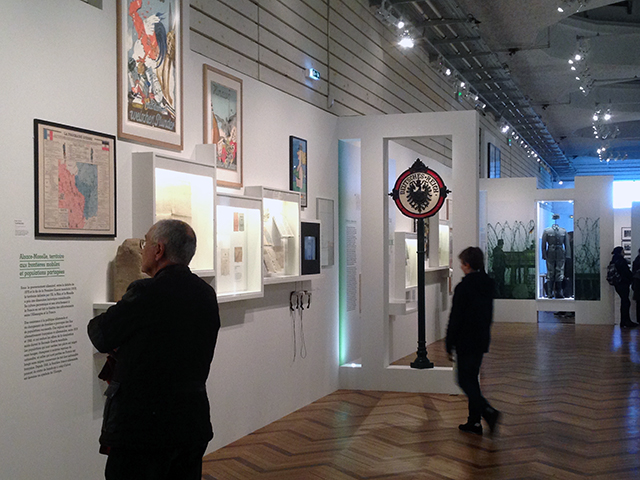
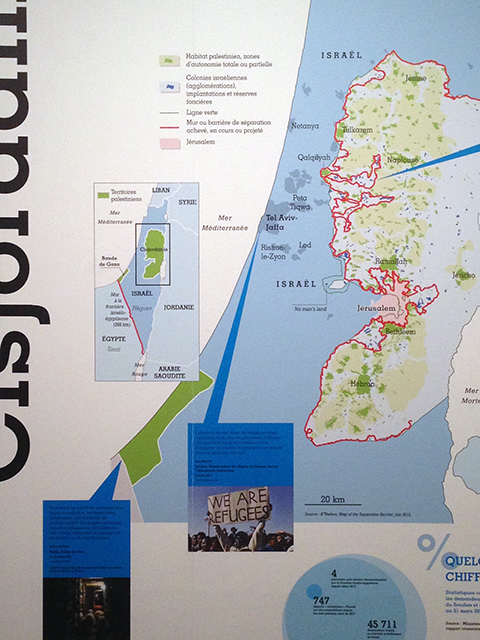
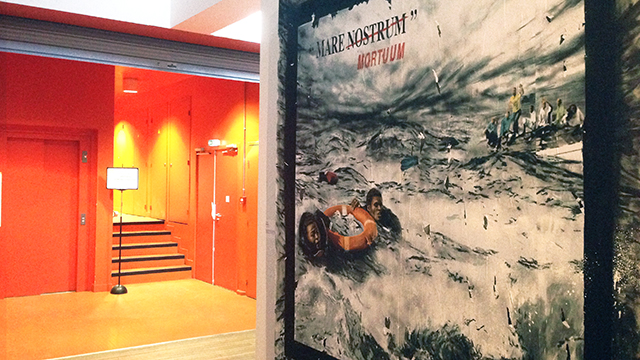





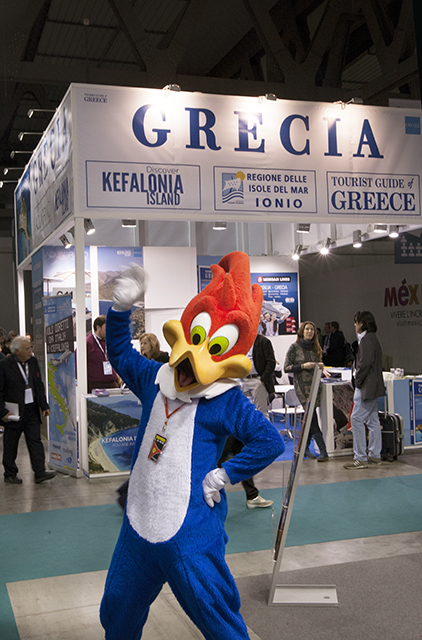
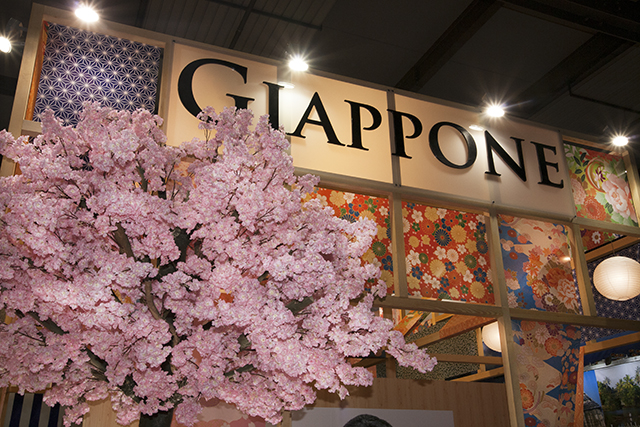

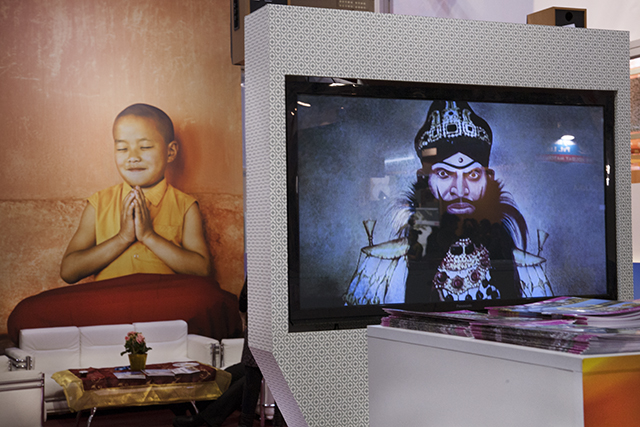
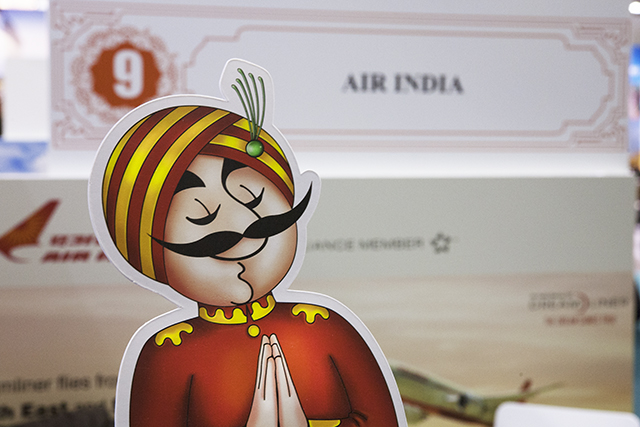
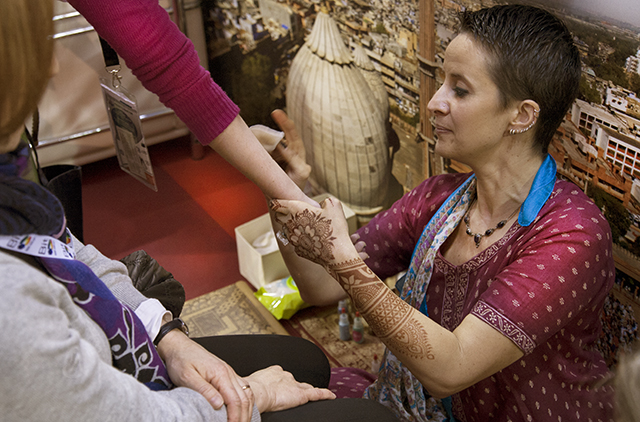
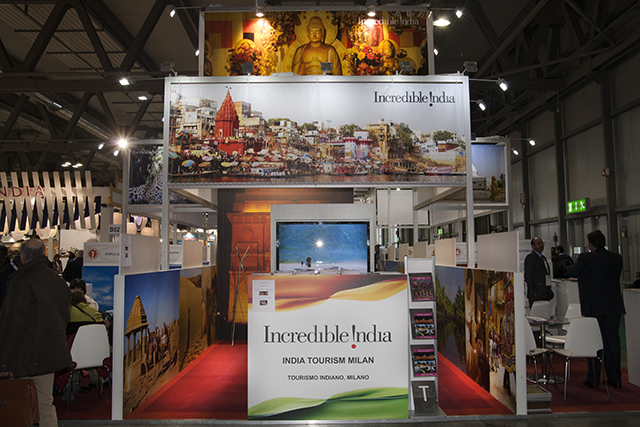


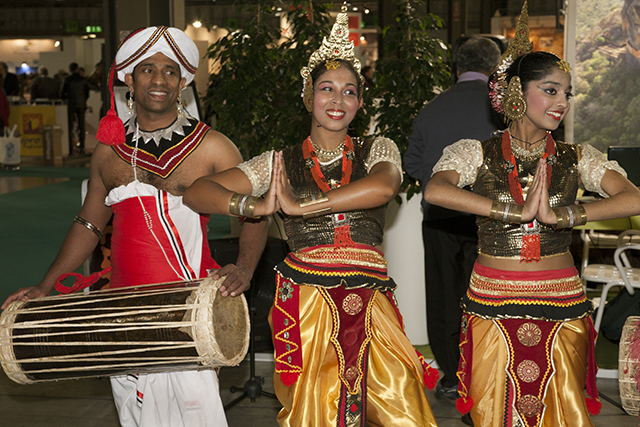
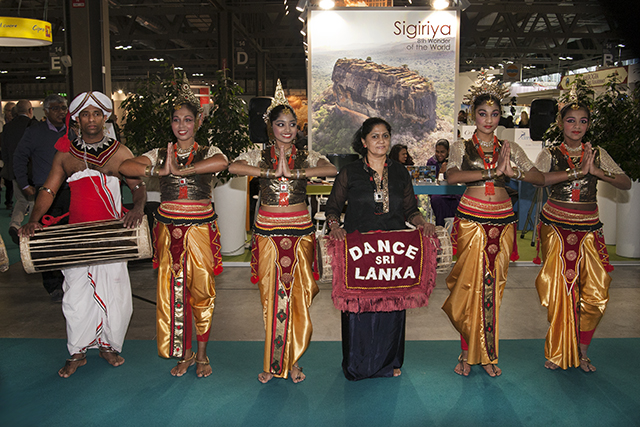




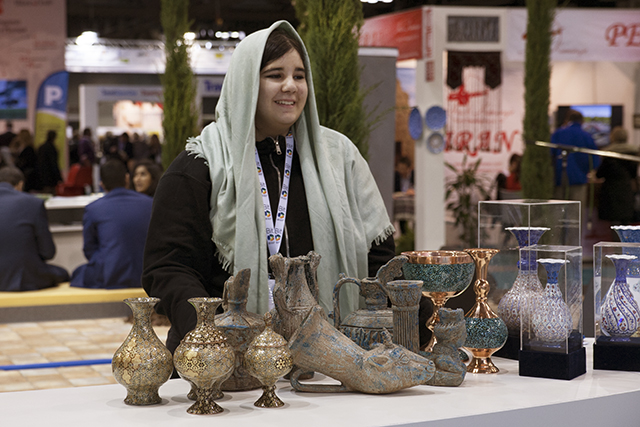
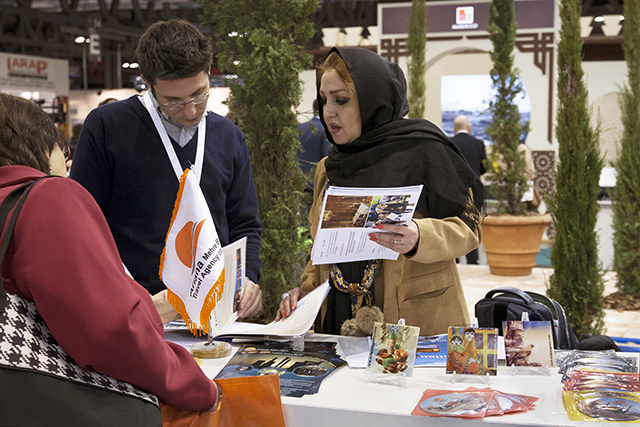
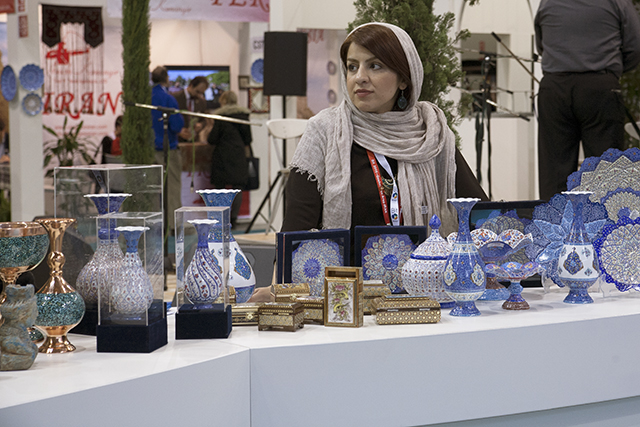

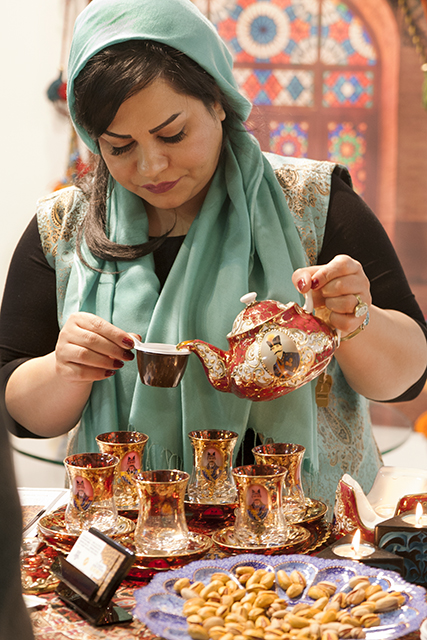
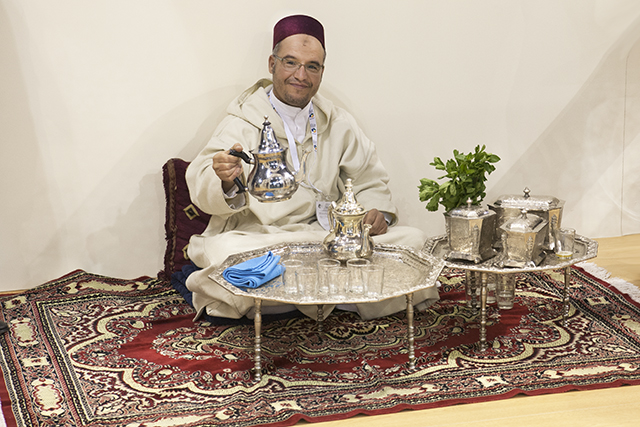

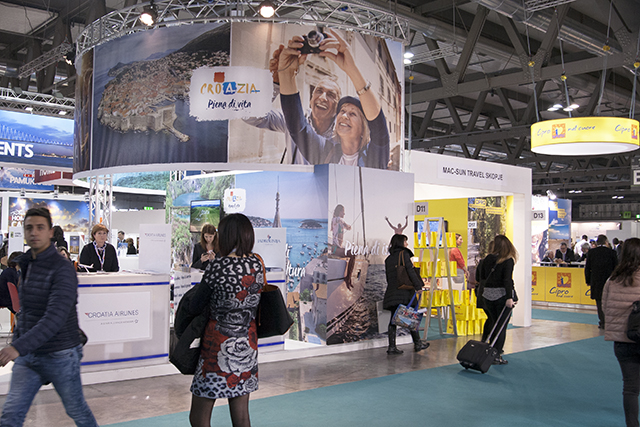
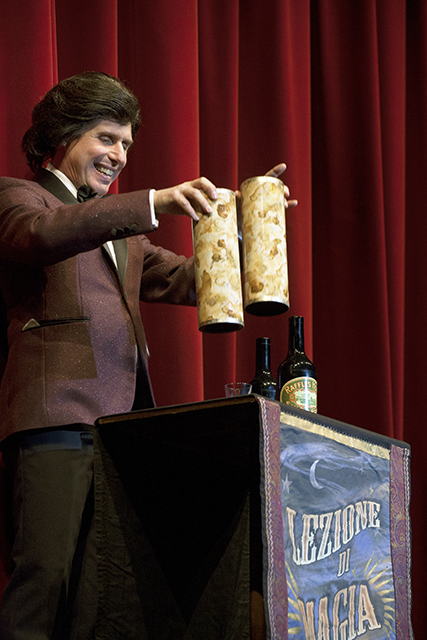

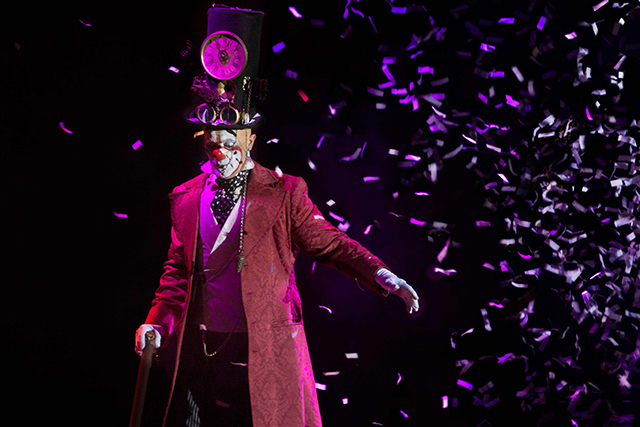

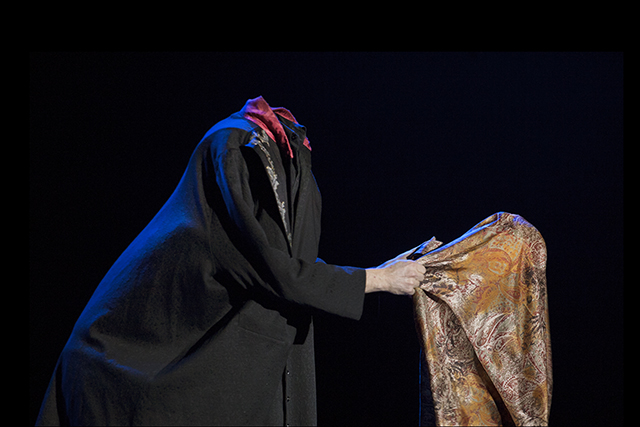

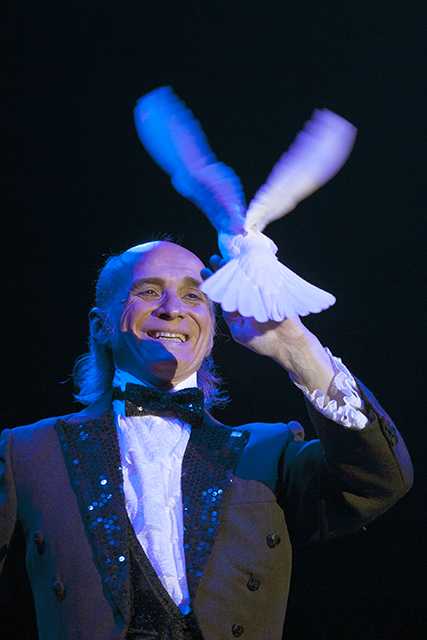

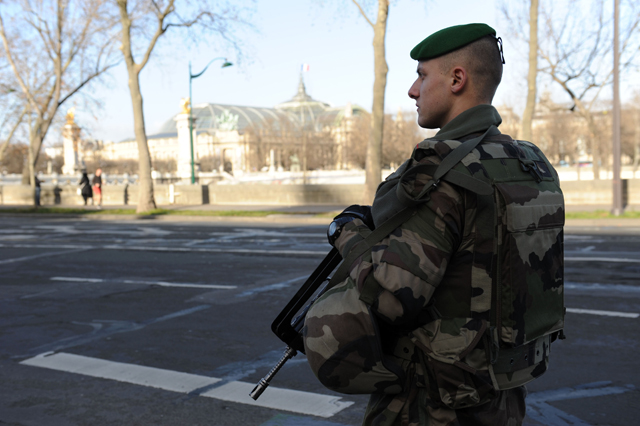
As all eyes were focused on Luxor and the upcoming multi-million dollar extravaganza starring none other than the maestro, Placido Domingo, it seemed like Egypt’s grievances over losing its Arab identity were temporarily forgotten. The only controversy upsetting the festive atmosphere was caused by a rival theater company which was preparing to stage a second Aida production later in the year, using the Giza Pyramids and the Sphinx as the backdrop!
As promised, the Egyptians and Israelis met again to follow up on the Alexandria summit which had taken place some six months before. The one noticeable change was that former Israeli Prime Minister Shimon Perez was now returning to the negotiating table under a new role. He was foreign minister serving under a new Israeli Prime Minister, Yitzak Rabin. The agenda for the meeting was to try and convene an international peace conference for the Middle East, something Mubarak so desperately needed. However, Rabin was not so keen on the idea.
As soon as the Israelis and Egyptians ended their talks, the situation deteriorated between Egypt and the PLO. At the 18th Palestinian National Council (PNC) meeting in Algiers, PLO chief Yasser Arafat mended fences with other more hardline Palestinian factions. Arafat’s political maneuvering angered Mubarak who reacted by closing down all 14 PLO offices in Egypt. Jordan had taken a similar action and since these two countries share borders with Israel and the occupied territories, the move was damaging to the PLO. For the Israelis, on the other hand, the closure must have come as a blessing in disguise!
On the domestic front, Mubarak was overseeing parliamentary elections, which, like the previous polls held in 1984, were far more representational than any vote held since 1952. Although Mubarak’s ruling National Democratic Party (NDP) swept the vast majority of seats, a few opposition parties, which had been banned under Anwar Sadat, managed to enter the race. Even the controversial Moslem Brotherhood was allowed to field candidates if they ran under the auspices of another party.
The Arab blockade against Egypt was slowly crumbling as one leader after another broke ranks and quietly embraced Egypt. Surprisingly, one of Egypt’s staunchest supporters was Iraqi President Saddam Hussein, who needed a powerful Arab ally he could rely on in his war against Iran.
As early as 1985, Mubarak traveled to Baghdad to confer with Saddam. The meeting paved the way for Egyptian fellaheen, or peasants, to work in Iraq which needed laborers as many of the men were fighting on the front. Initially, the agreement was beneficial for both sides, but when war veterans started returning home to find that their land had been acquisitioned by Egyptian peasants, there was widespread resentment leading to violent incidents.
The matter wasn’t addressed until numerous fellaheen started coming back home in body bags. The deaths caused a diplomatic rift between the two countries that was only settled after the victims’ families were compensated. A few months after the eight year Iran-Iraq war ended, in August of 1988, Saddam Hussein traveled to Egypt to meet with Mubarak. The Cairo Opera house had just opened, and Mubarak invited Saddam for an evening of music. The two enjoyed the first act of Tchaikovsky’s Swan Lake before retiring to one of the smaller theaters to watch a solo performance by Iraqi mandolinist Munir Bashir.
Mubarak’s big break for reconciliation with the Arabs came in May 1989 when Egypt was invited to attend the Emergency Arab League Summit in Casablanca, Morocco. All the Arab leaders were attending except Lebanon, which was embroiled in a civil war and was ruled by two rival governments. Hardliners like Libya’s Momar Qadafi and Syria’s Hafez Al Assad opposed Egypt’s return to the Arab League, but at the last minute they relented and decided to attend.
During his opening remarks, the host, King Hassan II gave a conciliatory speech in which he announced that it was “only fair to say that the people of Egypt have since 1948 paid the dearest price in Arab-Israeli conflicts.” In his first address to the other leaders, Mubarak thanked the Moroccan king and all those who supported Egypt’s return. He went on to call for an end to Lebanon’s civil war and declared that Palestinians should have the right to choose what is best for them without interference from other nations. In other words, he was asking the Arab League to bless any future direct negotiations between the PLO and Israel, something that both Syria and Libya vehemently opposed.
I have two lasting memories from the fateful Casablanca summit. The first was the glow on Mubarak’s face as he stepped out of his presidential plane and walked down the red carpet with the awaiting Moroccan monarch. The other image is the fanfare that surrounded Saddam Hussein whenever he traveled from one venue to another. While all leaders rode in one limousine, Saddam had a convoy of cars. At one point, three black limousines with smoked windows pulled up in front of the palace and a group of men in dark suits poured out of the cars. They all looked like Saddam’s clones! It wasn’t until one of the men waved to the press that we could distinguish the Iraqi president from the rest.
After a ten-year absence, Egypt was once again a full-fledged member of the Arab League. It didn’t take long for events in the region to put Egypt back in the lead, a position that Mubarak would come to relish. If 1987 was the year that Aida made a triumphant return to Egypt, then 1989 was the year Mubarak was crowned homecoming king!




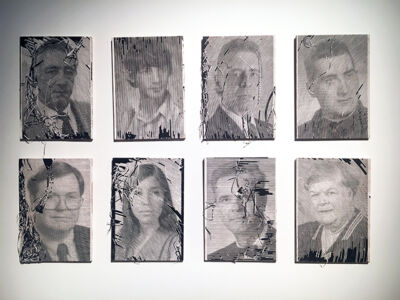

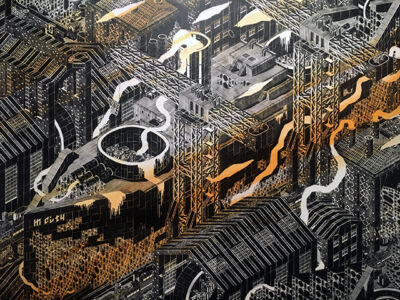

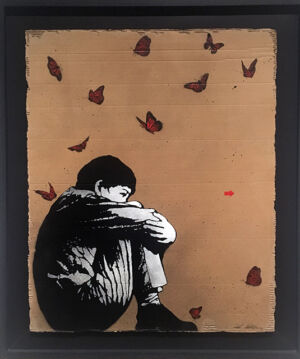




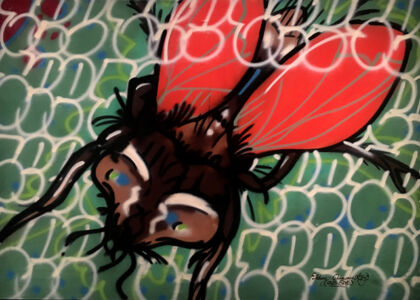
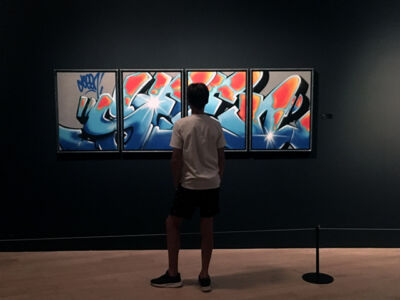
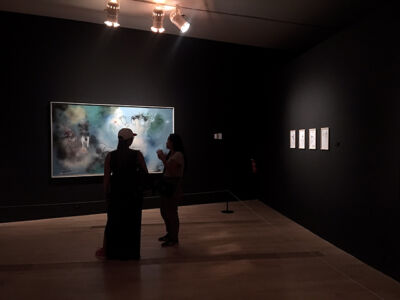
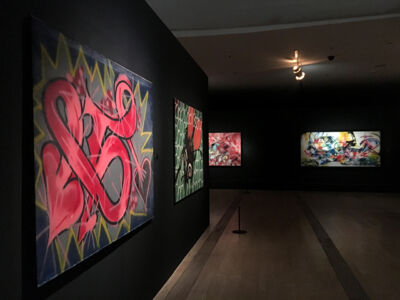




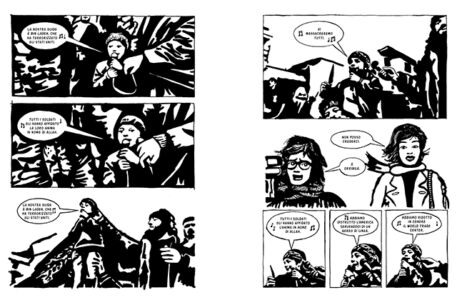










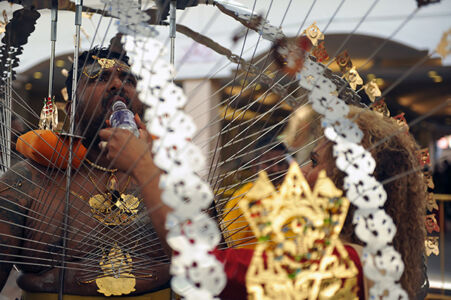





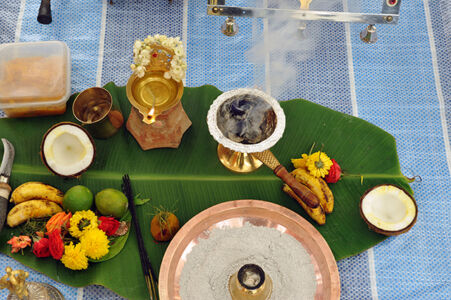


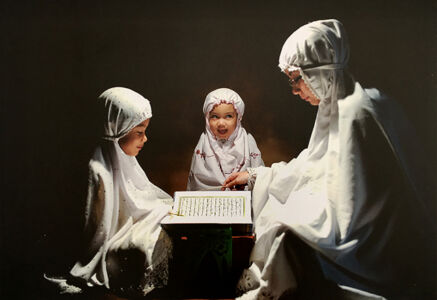

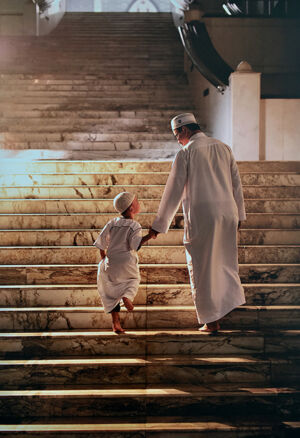







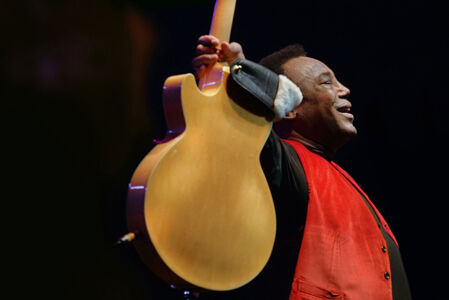



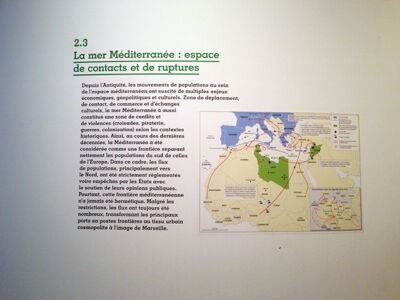

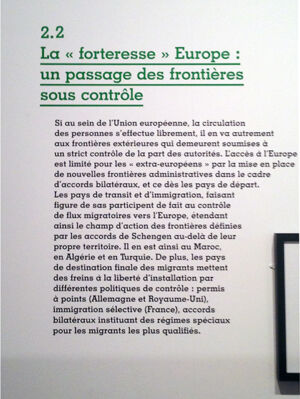
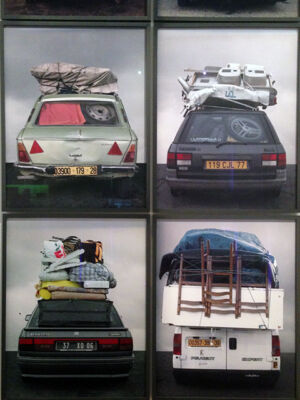
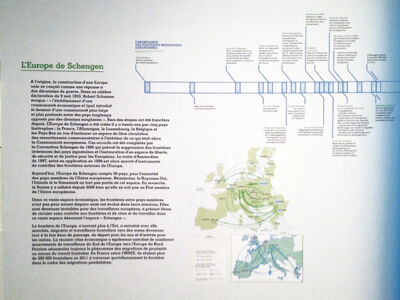






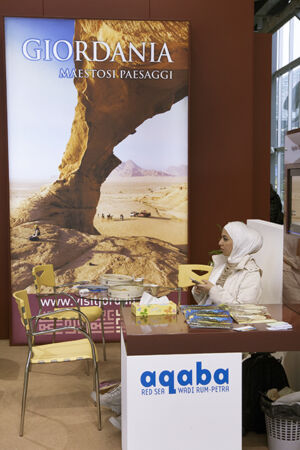
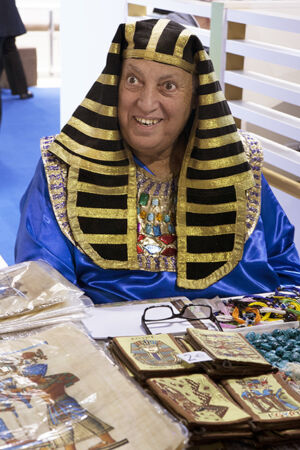















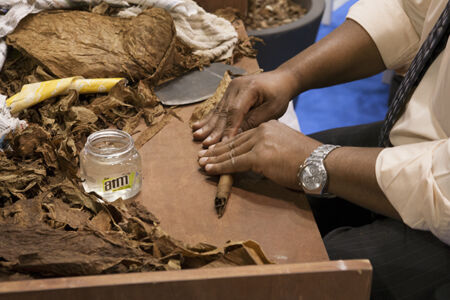


















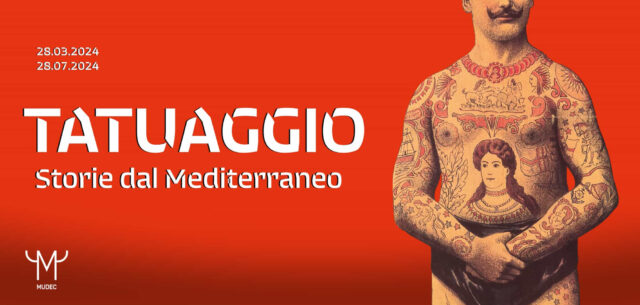




















2 Comments